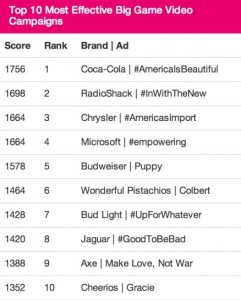By VIVIAN BRAGA
The famous two-weekend music festival Coachella, known for its reckless spirit and hippie vibe, reunited big name music stars like Pharrell, Skrillex and Lana Del Ray and other indie artists into a massive music fest that brought approximately thousands of people together.
Coachella, held in the desert of Southern California, is now one of the largest music festivals in the world and has revolutionized the music festival industry, emerging new musical stars, celebrating a generation but also challenging preconceptions.
While the reviews for this year’s edition for Coachella have been positive, not all of it had to do with the music. The festival became a place to see and be seen and it’s not just a mere collection of concerts, but an actual event that broke the rules of technological innovation.
It’s a completely different world these days. Once upon a time music festivals led change and promoted art. Now, Coachella visitors don’t just go to discover new music and emerge in the experience, but rather to take “selfies” and upload them and to share as much information in their social networks as possible.
No surprise, Coachella is the most blogged, Facebooked and tweeted about event in the whole social networking universe. The event has no commercials, billboards or any evident form of advertising; instead, Instagram, Snapchat, Facebook and Twitter do all the work.
The festival has now evolved into becoming another platform for a celebrity fashion week, and for people to post about their “festival style.” The focus of Coachella shifting from purely music to now also fashion is further confirmed through H&M’s sponsorship.
Although they’ve been sponsoring Coachella for now five years, this year they’ve designed a new line with Alexander Wang’s partnership and Coachella was “Ideal venue to launch a new product” said CSMonitor.com.
As social media continues to gain influence, music festivals beginning with Coachella are now focusing less on music but more on opportunities for social networking, fashion displays and indirect marketing. Similarly to Coachella, other music events are now also threated by fashion imagery domination.



